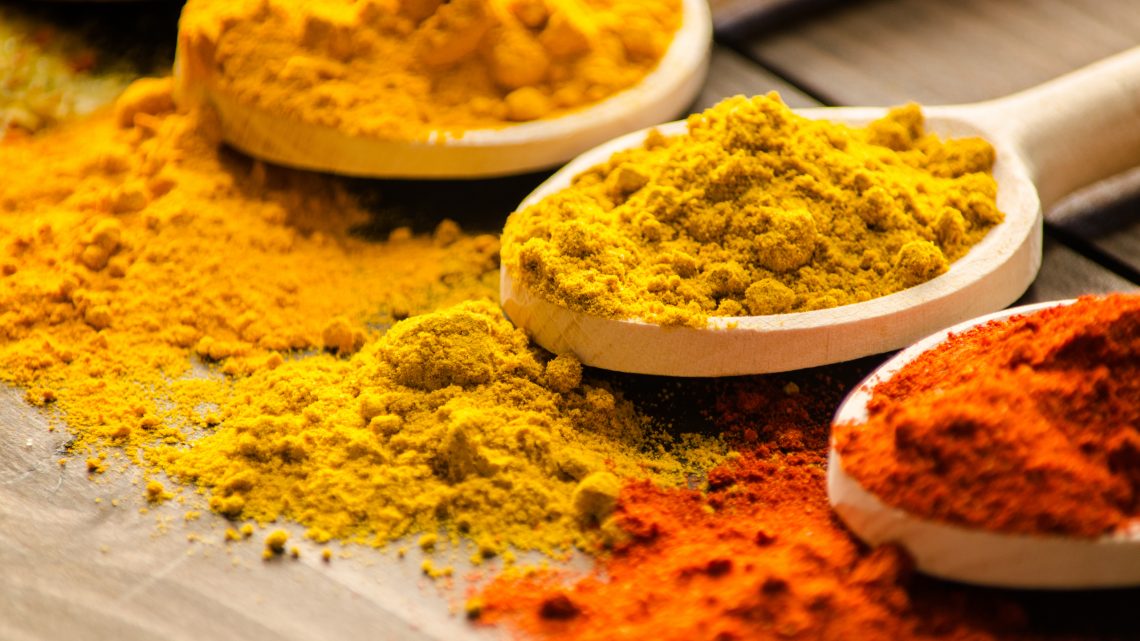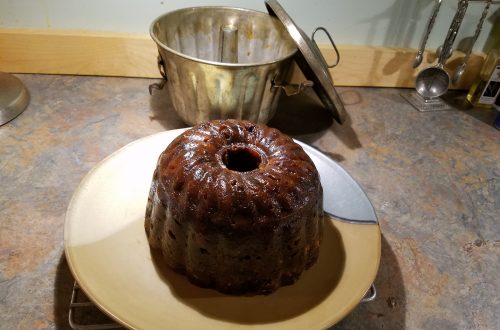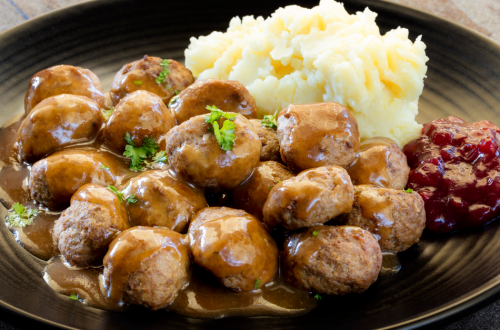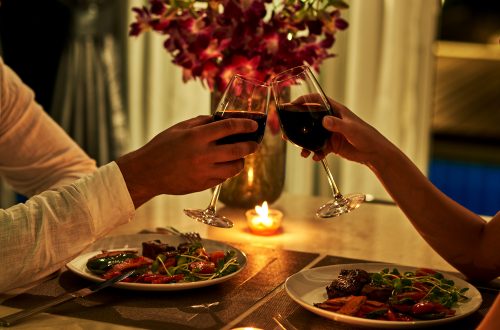
Add a Little Spice (Blend) to Your Life
In March 1959, when I was in the eighth grade, my family embarked on a monumental road trip from the freezing farmland to Arizona and sunny California via Route 66. That road trip would put National Lampoon’s Vacation movie to shame. Along the way, we managed to sample the local cuisine, and I still remember the evening in New Mexico when I consumed my first Tex-Mex–inspired dinner. I don’t remember what I ate, but the hot spices surprised my Corn Belt meat-and-potatoes palate. Summoning up my teenage theatrics, I dramatically huffed and puffed for some time after the meal, vowing never to eat that kind of food again.
Fast forward a generation, and my grade-school-aged kids were demanding tacos. It doesn’t take long for our cultural food tastes to change, which led me to wonder what it would take to encourage others to try new international flavors, and especially to make them at home.
Take a culinary trip abroad without leaving home
Now that we’re confined and socially distancing, I would love to encourage you to try a different dish now and then, so that you can experience what others around the world taste when they bite into their main meal of the day. Maybe it’s a rich soupy pho from Southeast Asia or an African meat stew or a tasty curry dish from central Asia. But for us here in the U.S., creating those dishes from a recipe sometimes means coming up with an unfamiliar spice blend.
Just like the now-familiar chili powder, many of these foreign dishes require a blend of spices that are indigenous to the region. Take that chili powder, which is a staple in most kitchens today, including my mother’s pantry in Illinois. Chili powder is a blend of dried chili peppers and other spices. While a commercial mix is available in most supermarkets, you can make your own to taste with cayenne pepper (the chili pepper), paprika, garlic powder, onion powder, dried oregano, and cumin. And you can experiment with different types of dried chilis.
Or suppose you want to try Indian food. Many dishes require curry powder or garam masala, both spice blends. Not all supermarkets carry them – but you can make your own.
I enjoy making a tagine, a slow-cooked North African/Middle Eastern stew of meat, poultry, or fish that dates back to Roman times and was referenced in the classic One Thousand and One Nights series of stories. The spice blend ras el hanout is essential to the regional tagines, stews, and other dishes. Its combination of cumin, ginger, cinnamon, coriander, cayenne, allspice, and cloves provides the essential flavor of the region. The stew is just not the same without that spice mix.
Mix up regional flavors in your own kitchen
If you’re not sure you’ll be regularly preparing these dishes in the future, you probably don’t want to spend the time and money to locate a source of those blends on the Internet. The good news is that you can make most of them yourself from spices already in your own kitchen. And you don’t have to commit to buying a big jar of some blend you won’t use much or don’t like after all. But if you do like it, you can make a large supply, for less than it would cost to buy it.
Further, Farmboy pledges that any time that I have a recipe that uses one of these less-familiar blends, I’ll provide you with the recipe to make it yourself. You might find yourself buying your own spice grinder or a nice marble mortar and pestle to make your own special blend.
Go crazy with spice rubs
If you enjoy grilling, you might want to make your own spice rubs. If you like the rub, you can make extra and store it in the refrigerator. Or you could prep ahead by rubbing it on a meal-sized cut of meat and storing it in the freezer until you’re ready to grill it. Another idea is to combine the rub with a little butter and use that on fish, meat, or vegetables like carrots or butternut squash. And I like to roast vegetables at high heat (450 degrees) tossed with olive oil and a spice blend.
I should also point out that spices lose their potency over time, and making these blends and rubs is a good way to make use of those spices that have been sitting in your cupboard.
But the best part is the wonderful joy of experiencing a new taste profile. Epicurious lists recipes for 39 different blends. Real Simple Good lists 10 blends that the average household is likely to use more frequently. And, as the author points out, your homemade version isn’t infused with the artificial ingredients found in some commercial blends.
As I enjoy trying new cuisines, I’ll blog about them from time to time. How about you? What are some of your favorite dishes from around the world?





2 Comments
Anita &dot
Congrats,Lynnie…wonderful site
Printed 2 recipes…keep ‘m coming
And we know first hand the excellent kitchen skills behind
The farm boy! !!!
kettleso
Thank you. If you’re game, I’ll probably be including you in future posts. You have such good stories about food and your memories of meals from your younger days.